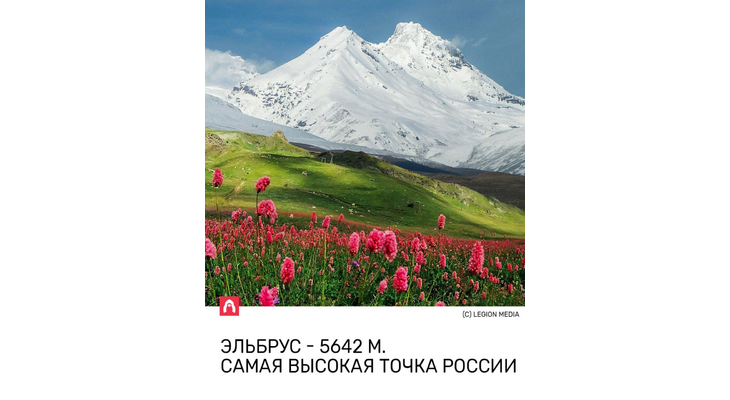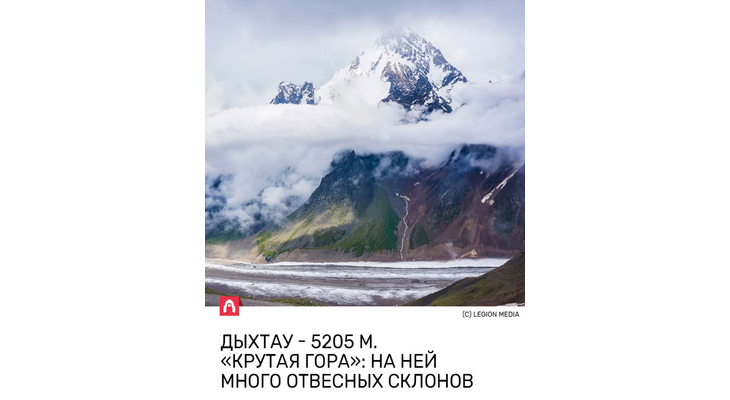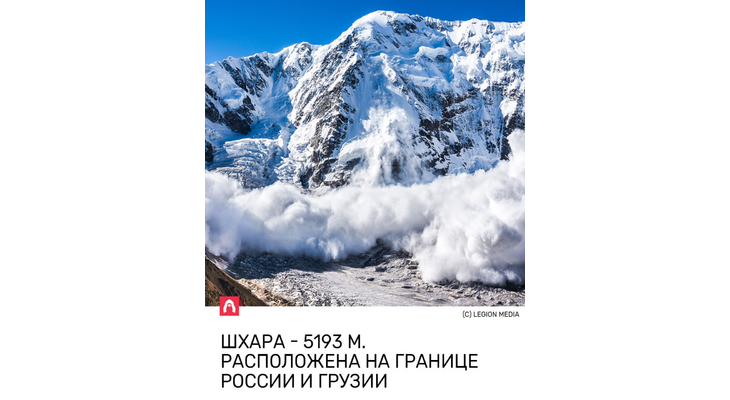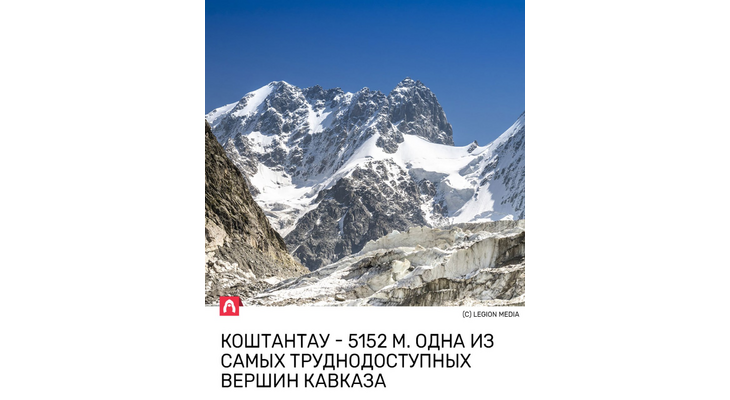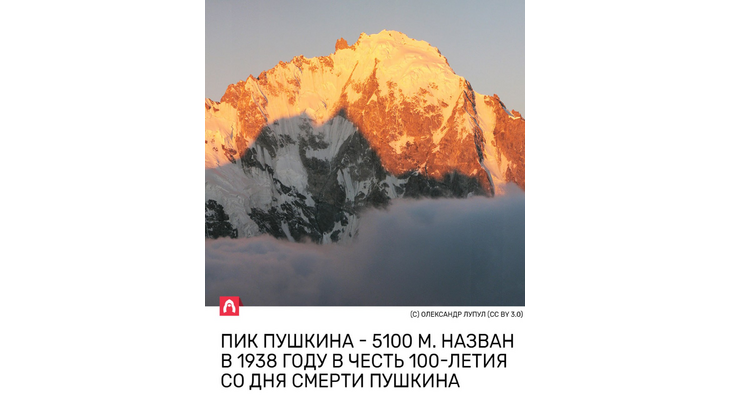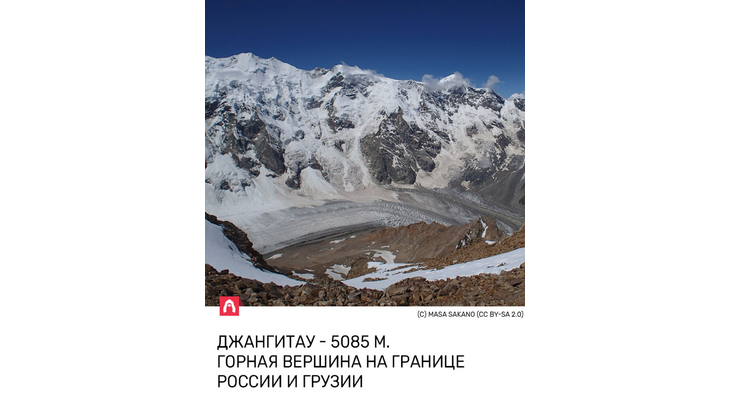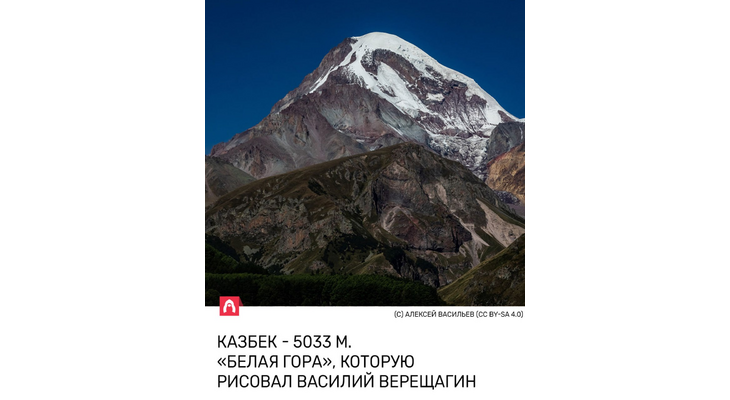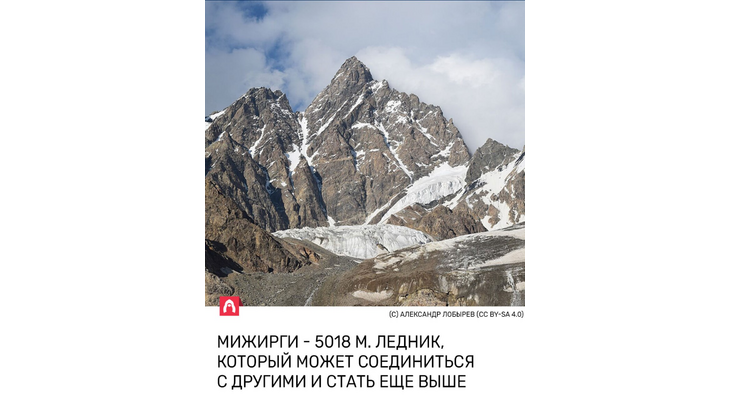The highest mountains are located in the Caucasus and Siberia.
The Caucasus range, which spans the southern region of Russia, as well as Georgia and Azerbaijan, is home to Russia's two highest peaks: Elbrus and Dykh-Tau.
Elbrus
holds the absolute record for height among the Caucasus mountains and is the highest point in Russia. Located on the border of two republics (Kabardino-Balkaria and Karachay-Cherkessia), it is considered a dormant volcano. Notably, Elbrus is a volcano, and although it is classified as dormant, ash eruptions were recorded as recently as 500 years ago. The last eruption occurred 1700 years ago.
While the Caucasus mountains are taller, the Ural mountains are more extensive, stretching into Asia depending on the definition of the Europe-Asia boundary. The Caucasus mountains are the youngest in the world, at 28 million years old, which is relatively young compared to Earth's age of 4.5 billion years and the Ural mountains' 350 million years.
Caucasus Mountains' Highest Peaks:
1. Elbrus
2. Dykh-Tau
3. Koshtan-Tau
4. Mizhirgi
5. Pushkin Peak
6. Shkhara
7. Jangi-Tau
8. Shota Rustaveli Peak
9. Kazbek
The Caucasus mountain range is divided into two systems: the Lesser and Greater Caucasus. The Greater Caucasus includes the tallest peaks, which continue to grow, with geological data showing tectonic activity. The height of these mountains increases by two to eight centimeters annually, changes that are barely noticeable to the average person.
Elbrus:
Elbrus is not only the highest mountain in Russia but also in Europe, standing at 5642 meters. Despite its height, Elbrus does not rank among the top 100 tallest mountains globally, with the highest being Mount Everest at 8848 meters. However, the Caucasus mountains are growing and might increase in height unless a catastrophe occurs.
Elbrus is extremely popular among travelers, attracting about 15,000 visitors annually, primarily during the three-month climbing season. In the mid-20th century, ski resorts appeared in the Elbrus region, which are still operational today, including "Elbrus-Azau" with seven slopes and "Cheget" with fifteen.
Elbrus and the Elbrus region are accessible not only to extreme sports enthusiasts. The area has many hotels and hostels, with horse rides and ecological trail visits gaining popularity. At the "Elbrus-Azau" ski resort ticket office, you can buy an excursion ticket and take a cable car up to 3847 meters to enjoy the mountain scenery leisurely. On a clear day, you can see both Elbrus peaks and its tall neighbors.
Dykh-Tau, Koshtan-Tau, Mizhirgi:
These three 5000-meter peaks are part of the Northern fifteen-kilometer massif of the Greater Caucasus range. Unlike the most famous Russian mountain, they are more dangerous to climb. For comparison, climbing Elbrus from the south has the first difficulty category out of six possible ones, meaning a novice in good physical condition can handle it. The most challenging route on Elbrus from the west is only the third category. However, reaching the summits of Dykh-Tau, Koshtan-Tau, and Mizhirgi requires being prepared for at least the fourth difficulty category. The slope angle of the ice-snow terrain starts at 50°, with limited possible ledges on the slope.
In local alpine camps, you won't find casual tourists quoting Vysotsky while breathing in the mountain air. Instead, people acclimatize and prepare for technical mountaineering. If you don't know about anti-ball plates for crampons, snow anchors, and abseiling descents, these mountains are not for you yet. However, you can start small, train, and motivate yourself with the possibility of earning the honorary title of "Snow Leopard" someday. This title is awarded by the Russian Mountaineering Federation after climbing 10 Russian peaks, four of which we have already listed.
Pushkin Peak:
At 5100 meters, Pushkin Peak holds the fifth place in the ranking of Russia's highest mountains. It is also in the Caucasus, on the Side Caucasus range. It is the only mountain in Russia above 5000 meters with an unborrowed name. It is said the toponym was given only in 1938, after the first expedition to the summit, and was dedicated to the 100th anniversary of the poet's death, or to be precise, the 101st anniversary. According to the recollections of the alpinist from the conquering group, V. V. Miklashevsky, the idea was not inspired by a lyrical mood but arose spontaneously, directly at the top.
Pushkin Peak is considered very capricious and thus poorly studied. Such mountains are also called "gendarmes": they have steep slopes and a sharp-angled peak. For this reason, many alpinists often die here. But those wishing to earn the "Snow Leopard" title still must conquer it.
Shkhara, Jangi-Tau, Shota Rustaveli Peak:
These peaks are part of the Bezengi Wall, a grand massif 13 kilometers long, along which the border of Russia and Georgia runs. In this group, Jangi-Tau is the highest at 5085 meters, Shkhara slightly lower at 5068 meters, and Shota Rustaveli Peak does not reach 5000 meters (only 4859 meters).
Climbers ascend each peak and traverse the entire ridge. Such a traverse is called the Masters' Trail, requiring experience, skills, and great endurance. The Bezengi Wall is always windy, with frequent thunderstorms in summer and temperatures of -30°C at the base in winter. The first successful winter trek along the route occurred only in 2014. Four Petersburgers decided to celebrate the New Year in this way, even bringing caviar for the festive night. Extreme romantics.
Kazbek:
Kazbek is part of the Caucasus range, located on the border of Russia and Georgia. Its height is 5034 meters. You can climb to the top from either country with the same second difficulty level.
On the Russian side, the route starts from the Karmadon Gorge, which is very picturesque but has seen halted infrastructure development due to the Kolka glacier collapse in 2002. Twenty years ago, a flow of ice and stones rushed down at a speed of about 200 kilometers per hour, leading to the deaths of over 100 people in just a few minutes. As a result, recreational areas in the region are not being developed. However, the trails remain, thanks to alpinists.
In Georgia, Kazbek is popular with visitors. The nearby village of Stepantsminda continues to see hotel growth and many social media photos of morning coffee on the balcony. On the Russian side, you can take mineral water baths on Kazbek's slopes near the village of Karmadon in North Ossetia. You can spend a couple of days hiking here or go on a multi-day tour, recharging with the strength and power of the stone giants.
It is known that "the mountains call those whose souls are their height." If you are not physically and morally ready to go to the very top, you can admire the peaks up close: drink from narzan springs, view the Bezengi glacier, listen to the legends of the gorges, drive along the serpentine Military-Georgian road.
The mountains can offer diversity and fill you with nature's energy, while experienced local guides can enrich your journey with interesting experiences and knowledge for those seeking new sensations not just on the peaks.



